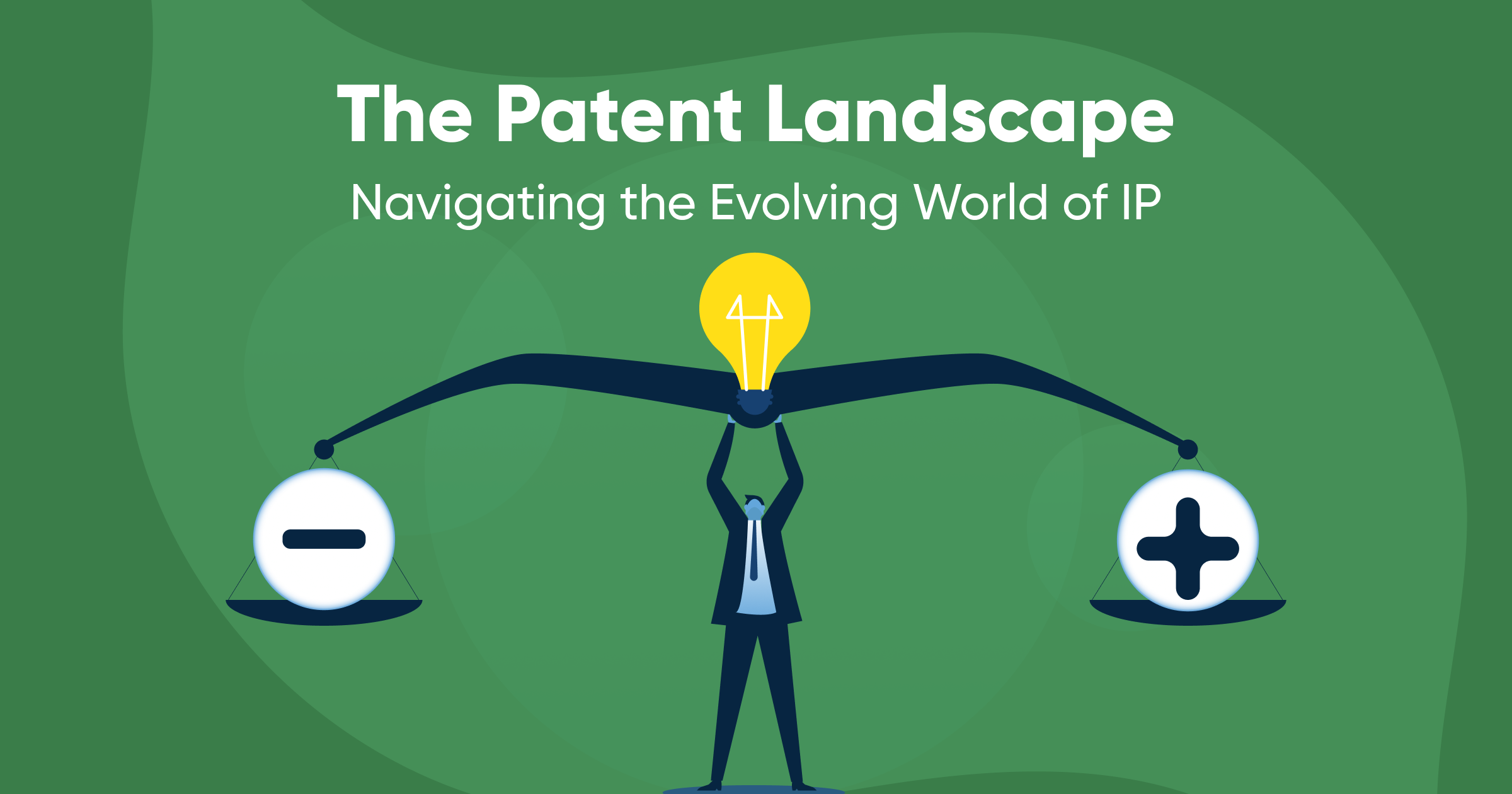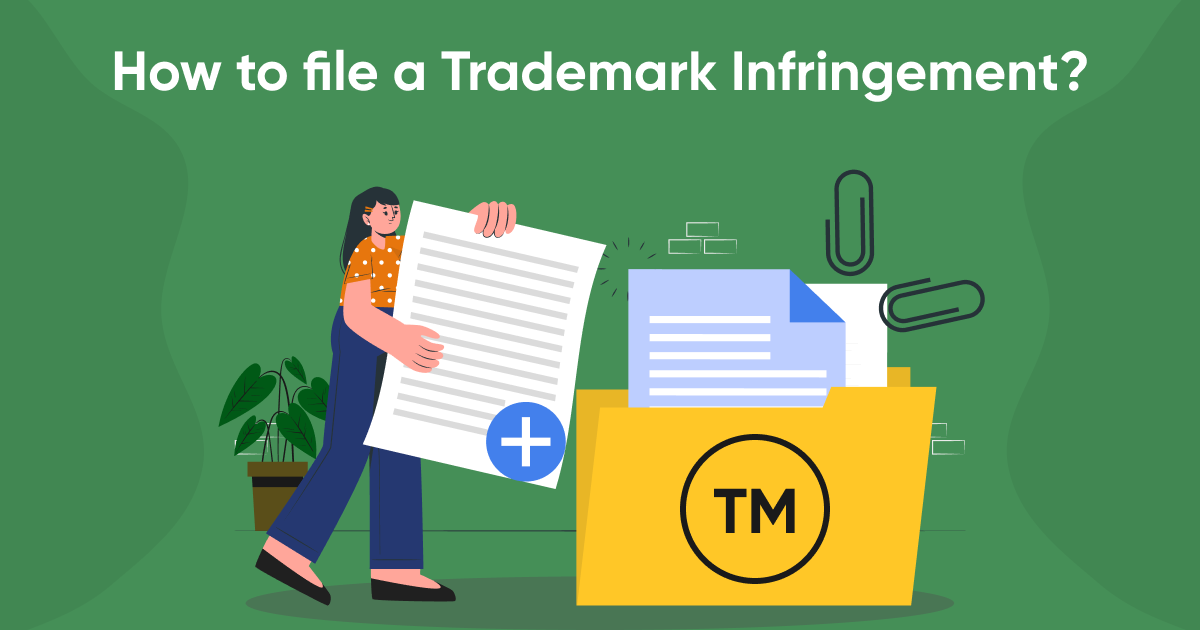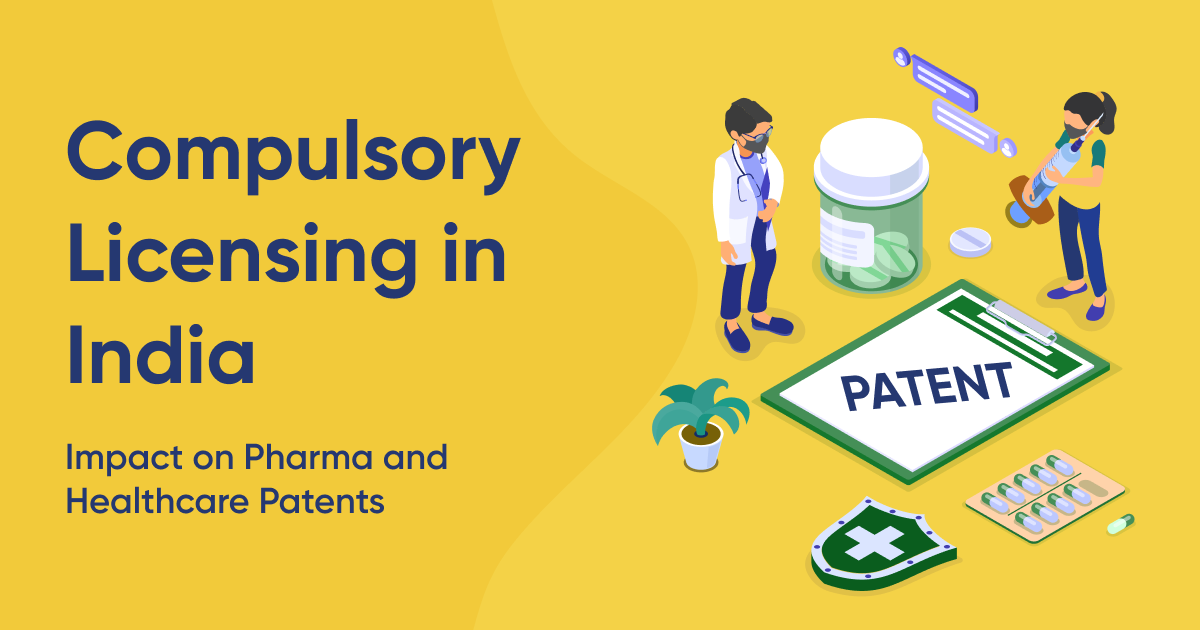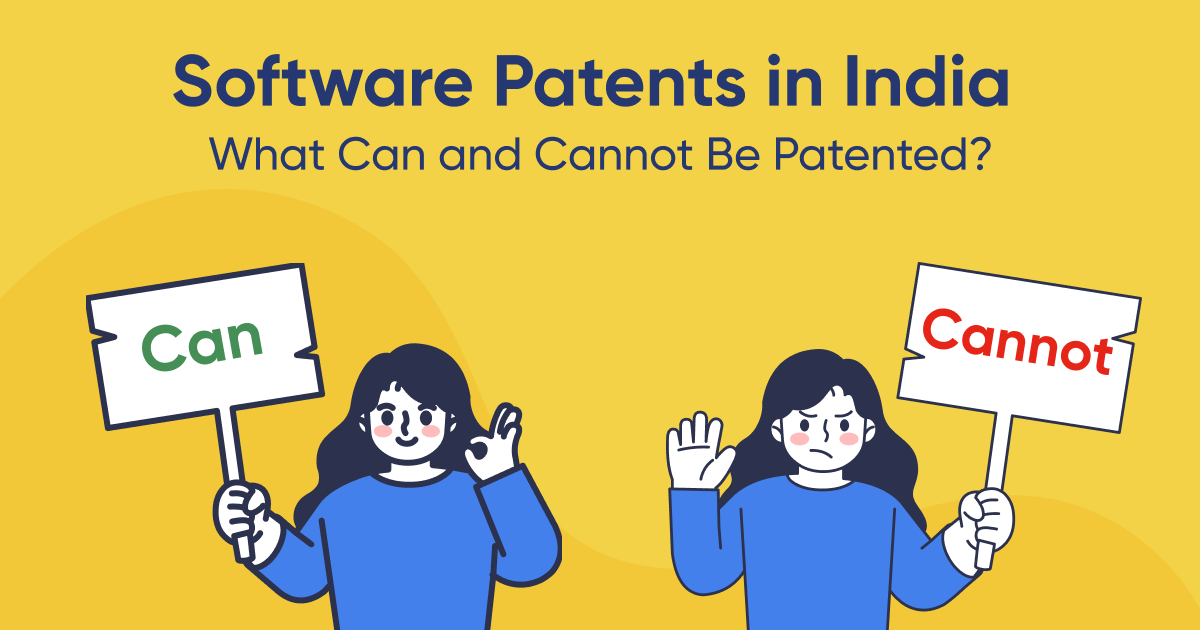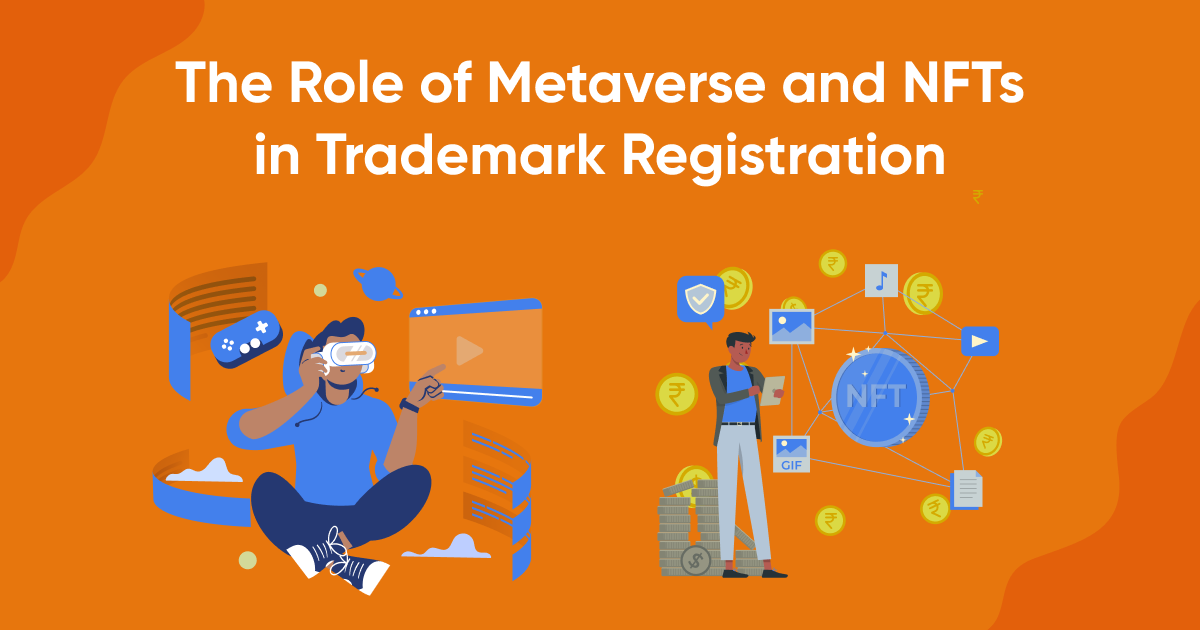In the ever-churning engine of invention, intellectual property (IP) serves as the fuel. Patents, a cornerstone of IP, grant inventors exclusive rights to their creations for a limited period. But this landscape of patents is vast and ever-shifting, demanding a keen eye and strategic navigation for those seeking to innovate and thrive.
The Power of Patent Landscape Analysis: Making Informed Decisions in a Sea of Ideas
Imagine venturing into a dense jungle teeming with undiscovered flora and fauna. A map, in this scenario, becomes invaluable, guiding your exploration and revealing hidden pathways. Patent landscape analysis functions similarly for innovators. By meticulously examining the patent landscape, you gain invaluable insights that shape your innovation journey.
Here's how:
- Identify Opportunities: The patent landscape unveils areas of unmet needs or technological gaps. By analyzing patent trends and competitor activity, you can spot opportunities for groundbreaking inventions that address these gaps. Imagine a company analyzing electric vehicle patents and identifying a lack of focus on sustainable battery disposal. This insight could lead to the development of a novel recycling technology, creating a significant market advantage.
- Avoid Duplication of Efforts: The landscape reveals existing patents, preventing you from unintentionally reinventing the wheel. Imagine a company pouring resources into a new solar panel design, only to discover a similar patent already exists. Landscape analysis could have prevented this wasted effort, allowing the company to focus on more novel advancements.
- Make Smarter Business Decisions: Understanding competitor activity through patent analysis allows you to assess their technological roadmap and anticipate their future moves. This foresight informs strategic decisions regarding research and development (R&D) investments, potential licensing opportunities, and even potential acquisitions.
- Minimize Risk of Infringement: A comprehensive landscape analysis helps identify potential conflicts with existing patents, mitigating the risk of infringing upon someone else's intellectual property. This proactive approach saves you from costly legal battles down the line.
In essence, patent landscape analysis empowers you to make informed decisions at every stage of the innovation process, from ideation to commercialization.
Demystifying the Patent Landscape: Key Concepts to Navigate By
The patent landscape may appear complex at first glance, but understanding a few key concepts equips you to navigate it effectively.
Here are some fundamental terms to familiarize yourself with:
- Patent Classifications: Patent offices categorize patents based on their technological domain. These classifications, often referred to as patent classes or subclasses, help you identify relevant patents within a specific field.
- Keywords and Claims: Patents use specific keywords and meticulously crafted claims to define the invention. Analyzing these elements allows you to understand the technical scope of a patent and assess its potential impact on your innovation.
- Citation Analysis: Patents often cite earlier patents that influenced their development. Studying these citations reveals the technological lineage of an invention and the broader context of innovation within a particular field.
- Competitor Activity: By tracking your competitors' patent filings, you gain valuable insights into their R&D focus areas and their strategic vision. This knowledge allows you to stay ahead of the curve and potentially outmaneuver them in the innovation race.
- White Space Analysis: White space analysis refers to identifying gaps in the patent landscape – areas where there are no existing patents. This analysis helps you pinpoint opportunities for disruptive innovations that could revolutionize a particular field.
By mastering these core concepts, you'll be well-equipped to interpret the vast amount of information available in the patent landscape.
Harnessing the Tools for Success: Resources for Your Patent Exploration
Fortunately, you don't have to navigate the patent landscape alone. A wealth of resources is available to assist you in your exploration. Here are some key tools to consider:
- Patent Databases: Freely available patent databases, such as the United States Patent and Trademark Office (USPTO) database or the European Patent Office (EPO) database, provide access to millions of patent records. These databases allow you to search by keyword, classification, inventor, assignee, and other criteria. They also offer visualization tools to analyze patent trends and identify technological clusters.
- Patent Analytics Tools: Specialized patent analytics tools like PatSnap, LexisNexis PatentSuite, and Questel offer advanced features beyond basic searching. These tools can create patent maps to visualize relationships between patents, perform sentiment analysis to gauge the technological outlook of a field, and identify emerging trends.
- Professional Services: Patent attorneys and IP consultants possess deep expertise in patent law and landscape analysis. They can guide you through complex searches, interpret patent data, and advise you on strategies to leverage the patent landscape to your advantage.
Choosing the Right Tools:
The optimal tools for your patent exploration depend on your specific needs and budget. Here's a guiding principle:
- For basic searches and preliminary exploration: Freely available patent databases are a great starting point.
- For advanced analysis and strategic decision-making: Consider investing in patent analytics tools or seeking professional help.
Adapting to the Evolving Landscape: Embracing Change in the World of IP
The patent landscape is far from static. Here are some emerging trends that will reshape the future of IP:
- The Rise of Artificial Intelligence (AI): AI is transforming patent analysis with its ability to process vast amounts of data and identify patterns that humans might miss. AI-powered tools can automate tasks like keyword extraction, classification, and white space analysis, leading to faster and more comprehensive insights.
- The Globalized Patent Landscape: As innovation becomes increasingly globalized, it's crucial to consider patent activity worldwide. International patent databases and multilingual search capabilities are becoming increasingly important to gain a holistic view of the competitive landscape.
- Focus on Open Innovation: Open innovation models, where companies collaborate and share knowledge, are gaining traction. Understanding patent landscapes becomes even more critical in such scenarios to identify potential partners and navigate potential co-ownership issues.
By staying informed about these trends and adapting your approach accordingly, you can ensure that your patent landscape analysis remains relevant and impactful in the years to come.
Conclusion: Charting Your Course Through Innovation
The patent landscape, with its vast trove of information and ever-evolving nature, can be both daunting and exciting. However, by understanding its core concepts, harnessing the available tools, and adapting to emerging trends, you can transform the landscape into a powerful springboard for your innovation journey. Remember, a well-executed patent landscape analysis empowers you to:
- Make informed decisions about your R&D investments.
- Identify and seize opportunities for groundbreaking inventions.
- Mitigate the risk of infringing upon existing patents.
- Stay ahead of the curve in a rapidly evolving technological landscape.
So, embark on your exploration with a spirit of curiosity and a strategic mindset. The patent landscape awaits, brimming with potential for those who dare to chart their course through innovation!
Conclusion: Charting Your Course Through Innovation
The patent landscape, with its vast trove of information and ever-evolving nature, can be both daunting and exciting. However, by understanding its core concepts, harnessing the available tools, and adapting to emerging trends, you can transform the landscape into a powerful springboard for your innovation journey. Remember, a well-executed patent landscape analysis empowers you to:
- Make informed decisions about your R&D investments.
- Identify and seize opportunities for groundbreaking inventions.
- Mitigate the risk of infringing upon existing patents.
- Stay ahead of the curve in a rapidly evolving technological landscape.
So, embark on your exploration with a spirit of curiosity and a strategic mindset. The patent landscape awaits, brimming with potential for those who dare to chart their course through innovation!
Ready to take the next step? Visit Trademarkia to begin your patent landscape analysis today!
Frequently Asked Questions
What is patent landscape analysis good for?
Patent landscape analysis helps you make informed decisions about your innovation. By understanding what inventions already exist and who owns them, you can identify gaps in the market, avoid reinventing the wheel, and make strategic decisions about your R&D investments.
How do I search for patents?
There are several ways to search for patents. You can use free patent databases like the USPTO or EPO database, or invest in more powerful patent analytics tools. These tools allow you to search by keyword, classification, inventor, and other criteria, and can even visualize relationships between patents and identify emerging trends.
Do I need a patent lawyer to do a patent landscape analysis?
Not necessarily for a basic analysis. However, patent lawyers and IP consultants can be invaluable for complex searches, interpreting patent data, and advising on legal aspects of the patent landscape.
How is the patent landscape changing?
The rise of AI is transforming patent analysis with its ability to automate tasks and identify patterns. Globalization is also a major trend, making it important to consider worldwide patent activity. Additionally, open innovation models are gaining traction, requiring a nuanced understanding of patent landscapes for collaboration.
What are some resources for learning more about the patent landscape?
There are many resources available online and in libraries. This blog post is a good starting point, but you can also find helpful information on the websites of patent offices and IP organizations. Consider attending workshops or webinars on patent landscape analysis to deepen your knowledge.
